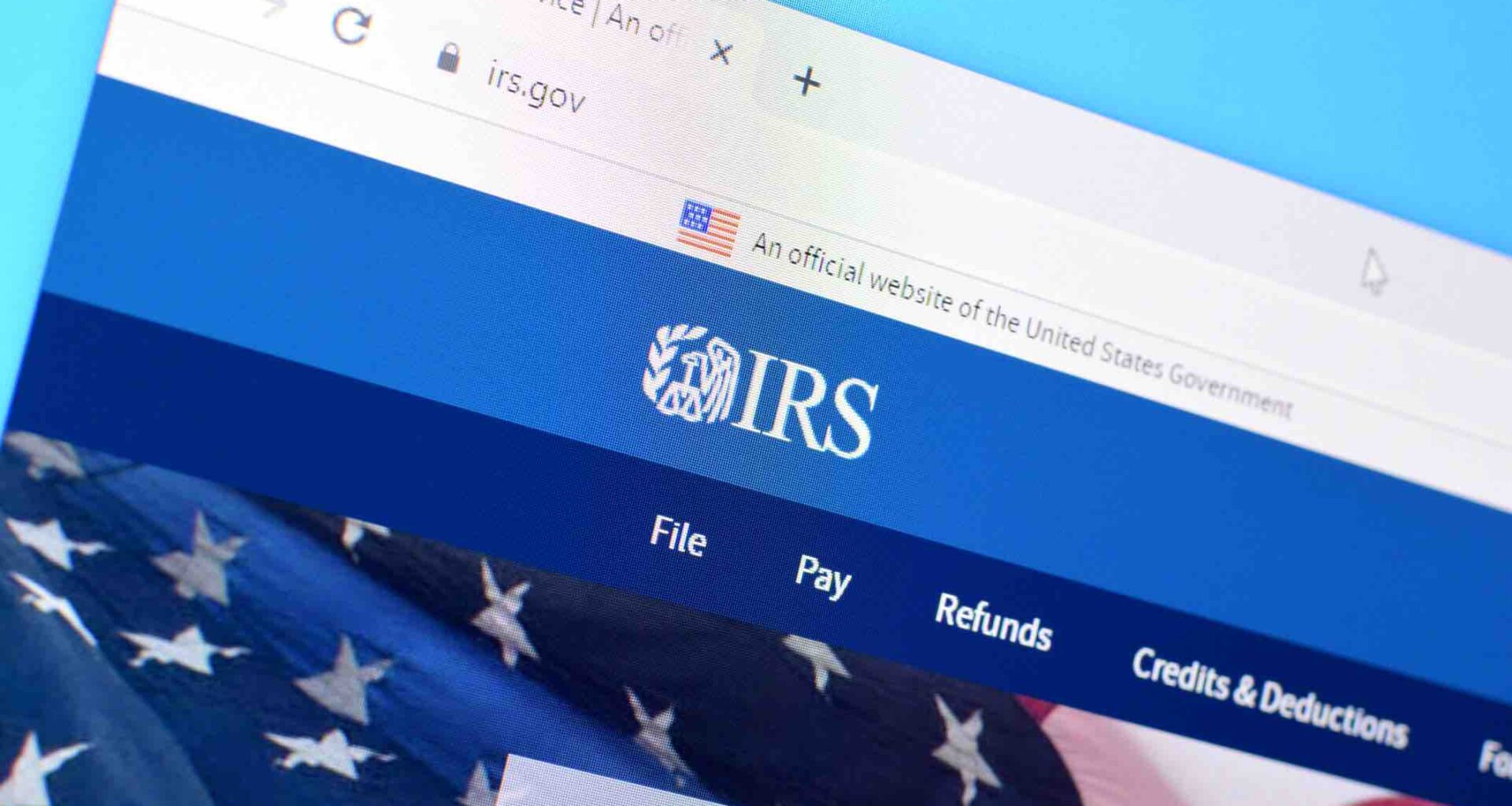The Internal Revenue Service (IRS) and Treasury Department on Monday issued final regulations on a SECURE 2.0 provision that would mandate Roth catch-up contributions by select high-income participants who have reached age 50.
According to the agencies, Roth catch-up requirements will generally apply to contributions in taxable years beginning after Dec. 31, 2026. The IRS and the Department of Treasury will provide a later applicability date for certain governmental plans and plans maintained under a collective bargaining agreement.
The final rules take into consideration comments received in response to proposed regulations issued by the IRS and the Treasury Department in January. For example, the final regulations allow a plan administrator to collect wages “received by a participant in the prior year from certain separate common law employers in determining whether the participant is subject to the Roth catch-up requirement,” states the agencies.
Under the original provision, Section 603 of SECURE 2.0, participants with a salary of or over $145,000 and who reach age 50 would make catch-up contributions to a qualified retirement plan on a Roth basis. The regulation was set to go into effect after Dec. 31, 2023, but was later postponed by the IRS to give administrators and custodian adequate time to understand and implement the rules.
The National Association of Government Defined Contribution Administrators (NAGDCA) would later release a letter asking the Treasury Department and the Internal Revenue Service (IRS) to further delay the provision for government plans, noting how other plan types had received extra time to implement the provision.
The final regulation also includes changes to certain provisions in the proposed regulations, including those relating to a correction of a failure to comply with the Roth catch-up requirement; implementation of a deemed Roth election; and plans that cover participants in Puerto Rico, noted the agencies.
The final regulations also allow employers to incorporate the Roth catch-up requirement for taxable years beginning before 2027 using “a reasonable, good faith interpretation of statutory provisions.”
Both agencies add that the final regulations do not extend or modify the administrative transition period provided under Notice 2023-62, which generally ends on Dec. 31, 2025.
A copy of the final regulations will be published on Sept. 16. A full look at the advanced copy can be found here.
Amanda Umpierrez is the Managing Editor of 401(k) Specialist magazine. She is a financial services reporter with nearly a decade of experience and a passion for telling stories and reporting news. She is originally from Queens, New York, but now resides in Denver, Colorado.
Related


